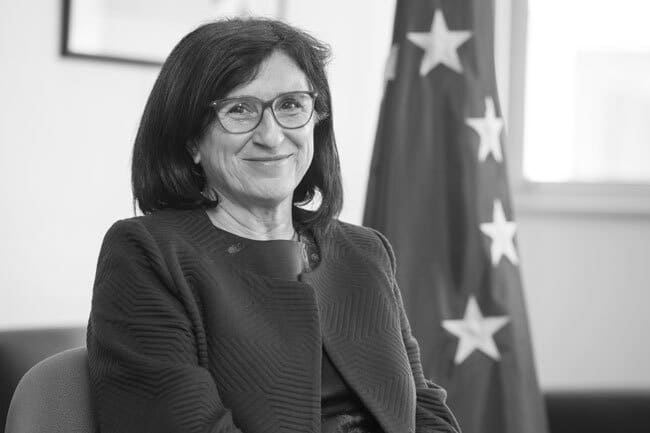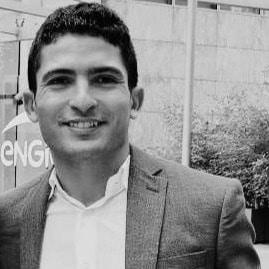Christian de Perthuis
Christian de Perthuis, Professor at ParisDauphine-PSL University analyses the 15 years of the carbon market for Confrontations Europe and ID4D (French Development Agency’s journal).
The six lessons
- Setting the cap: tighter constraint needed! For 15 years, the emissions cap has been based on non-binding climate targets. The move to a 55% reduction target in 2030 compared to 1990 provides a historic opportunity to strengthen the emissions trading system.
- Governance: where’s the pilot in the event of turbulence? To ensure that the market can be managed in the face of unforeseen events and to ensure the transparency of the CO2 price trajectory, an independent authority would have the power to allocate and withdraw allowances in the same way as a central bank.
- The scope of the scheme: time to change gear! From 2023 onwards, the emissions trading scheme should cover all CO2 emissions linked to the use of fossil fuels (including international transport) and industrial processes.
- The allowances bonanza: how should the carbon rent be redistributed? The strengthening of the system will lead to an increase in carbon rent. From 2023 onwards, it would be possible to return almost €400 to each EU citizen from this rent to support them in the low-carbon transition.
- When the system subsidises fossil fuels: hands off my allowances! In order to support the industrial sectors subject to allowances in the transition and to strengthen their competitiveness, it is crucial to put an end to the free allocation of allowances.
- Protecting the border: the art of inclusive levies. Behind the technical debate on the border adjustment mechanism there lies a major political question: how can the EU convince its partners that it is now time, by extending carbon pricing, to make free trade conditional on higher climate standards?
Acknowledgements: The author would like to thank Patrick Criqui, Christian Gollier, Fanny Henriet, Jacques Percebois, Philippe Quirion, Katheline Schubert and Peter Wiss for their review of the first version of this study. Their comments and encouragement were very helpful.












